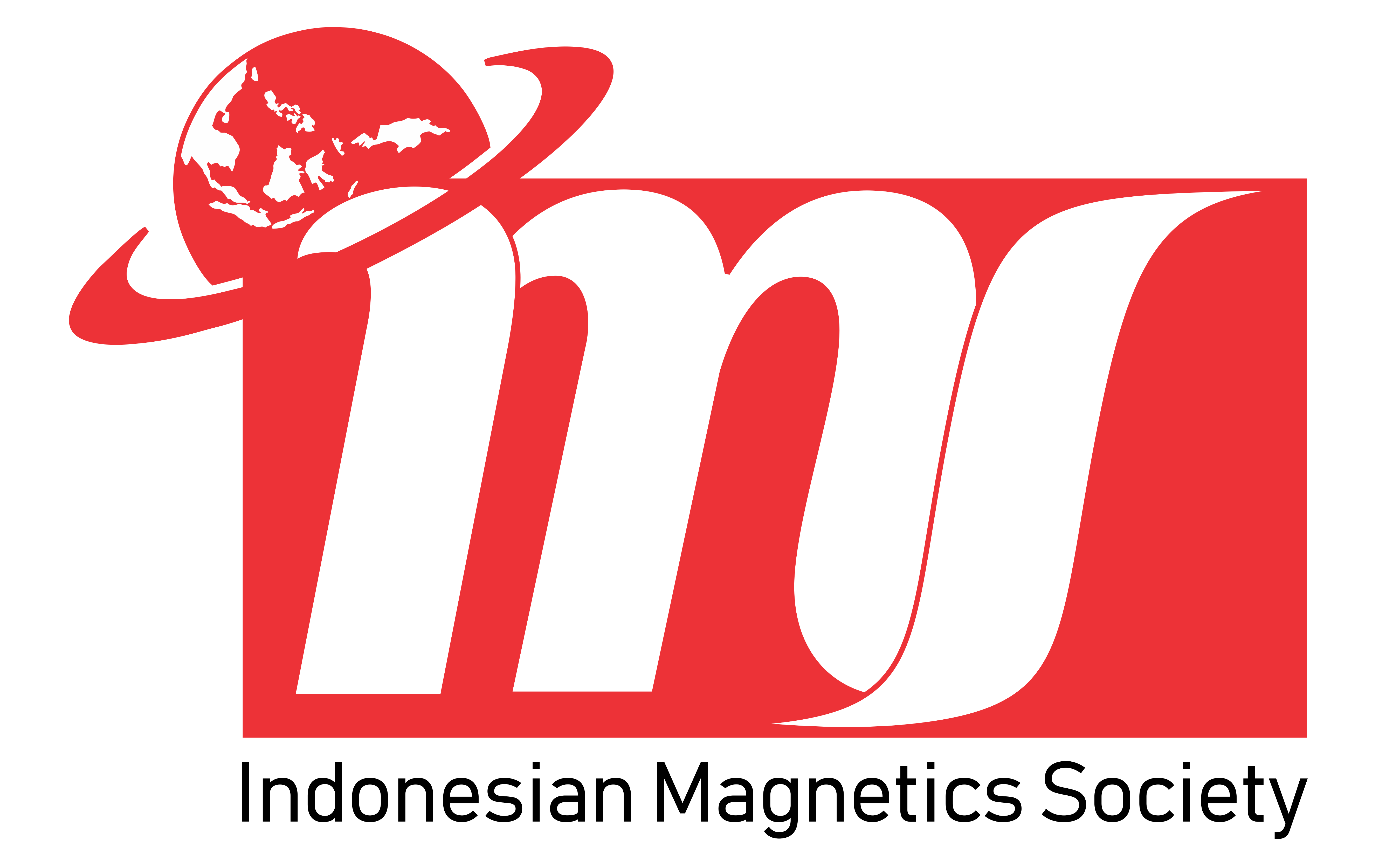Understanding of the Experimental Concept of Radiation Absorption of Radioactive Materials
Abstract
Keywords
Full Text:
PDFReferences
Artiani, P.A., Ratiko, R., Purwanto, Y., & Heriyanto, K., (2019). Pengaruh Perisai Radiasi Pada Penyimpanan Kering Bahan Bakar Nuklir Bekas untuk Reaktor Daya Eksperimental. Jurnal Pengembangan Energi Nuklir 20, 83–93. https://doi.org/10.17146/jpen.2018.20.2.5025
Bahrum, E.S., Handiaga, W., Setiadi, Y., Wibowo, H., Basuki, P., Maulana, A., Febrian, M.B., & Pane, J.S., (2020). DESIGN OF IRRADIATION FACILITIES AT CENTRAL IRRADIATION POSITION OF PLATE TYPE RESEARCH REACTOR BANDUNG. JURNAL TEKNOLOGI REAKTOR NUKLIR TRI DASA MEGA 22, 1–8. https://doi.org/10.17146/tdm.2020.22.1.5762
Bhowmik, S., (2011). Effect of Radiation and Vacuum, in: da Silva, L.F.M., Öchsner, A., Adams, R.D. (Eds.), Handbook of Adhesion Technology. Springer, Berlin, Heidelberg, pp. 823–844. https://doi.org/10.1007/978-3-642-01169-6_32
Costa, E., & Muleri, F., (2014). Gamma and X-Radiation, in: Njoku, E.G. (Ed.), Encyclopedia of Remote Sensing, Encyclopedia of Earth Sciences Series. Springer, New York, NY, pp. 219–228. https://doi.org/10.1007/978-0-387-36699-9_49
El-Amin, A.A., & Saad, M.H., (2017). Ionizing Radiations (Alpha, Beta, Gamma) Effects on CdS / P-Si Heterojunction Solar Cell for Electrical and Optical Properties. Journal of Materials Science Research 7, p20. https://doi.org/10.5539/jmsr.v7n1p20
Goiffon, V., Magnan, P., Saint-Pé, O., Bernard, F., & Rolland, G., (2009). Ionization versus displacement damage effects in proton irradiated CMOS sensors manufactured in deep submicron process. Nuclear Instruments and Methods in Physics Research Section A: Accelerators, Spectrometers, Detectors and Associated Equipment, New Developments In Photodetection NDIP08 610, 225–229. https://doi.org/10.1016/j.nima.2009.05.078
Halim, M.A., (2012). Harnessing Sun’s Energy with Quantum Dots Based Next Generation Solar Cell. Nanomaterials (Basel) 3, 22–47. https://doi.org/10.3390/nano3010022
Hamdani, D., Prayogi, S., Cahyono, Y., Yudoyono, G., & Darminto, D., 2022. The influences of the front work function and intrinsic bilayer (i1, i2) on p-i-n based amorphous silicon solar cell’s performances: A numerical study. Cogent Engineering 9, 2110726. https://doi.org/10.1080/23311916.2022.2110726
Kandlakunta, P., Van Zile, M., & Cao, L.R., (2022). Silicon Solar Cells for Post-Detonation Monitoring and Gamma-Radiation Effects. Nuclear Science and Engineering 196, 1383–1396. https://doi.org/10.1080/00295639.2022.2091905
Nicholls, D.C., Dopita, M.A., Sutherland, R.S., & Kewley, L.J., (2017). Chapter 17 - Electron Kappa Distributions in Astrophysical Nebulae, in: Livadiotis, G. (Ed.), Kappa Distributions. Elsevier, pp. 633–655. https://doi.org/10.1016/B978-0-12-804638-8.00017-6
Prayogi, S., Asih, R., Priyanto, B., Baqiya, M.A., Naradipa, M.A., Cahyono, Y., & Darminto, Rusydi, A., (2022). Observation of resonant exciton and correlated plasmon yielding correlated plexciton in amorphous silicon with various hydrogen content. Sci Rep 12, 21497. https://doi.org/10.1038/s41598-022-24713-5
Prayogi, S., Cahyono, Y., & Darminto, D., (2022). Electronic structure analysis of a-Si: H p-i1-i2-n solar cells using ellipsometry spectroscopy. Opt Quant Electron 54, 732. https://doi.org/10.1007/s11082-022-04044-5
Prayogi, S., Cahyono, Y., Iqballudin, I., Stchakovsky, M., & Darminto, D., (2021). The effect of adding an active layer to the structure of a-Si: H solar cells on the efficiency using RF-PECVD. J Mater Sci: Mater Electron 32, 7609–7618. https://doi.org/10.1007/s10854-021-05477-6
Susila, I.P., Alfiansyah, A., Istofa, I., Sukandar, S., Santoso, B., & Suratman, S., (2019). DEVELOPMENT OF MOBILE DEVICE FOR GAMMA RADIATION MEASUREMENT UTILIZING LORA AS THE COMMUNICATION MEANS. JURNAL TEKNOLOGI REAKTOR NUKLIR TRI DASA MEGA 21, 79–86. https://doi.org/10.17146/tdm.2019.21.2.5432
Zainuddin, Z., Syukri, M., Prayogi, S., & Luthfia, S., (2022). Implementation of Engineering Everywhere in Physics LKPD Based on STEM Approach to Improve Science Process Skills. Jurnal Pendidikan Sains Indonesia (Indonesian Journal of Science Education) 10, 231–239. https://doi.org/10.24815/jpsi.v10i2.23130
Refbacks
- There are currently no refbacks.







